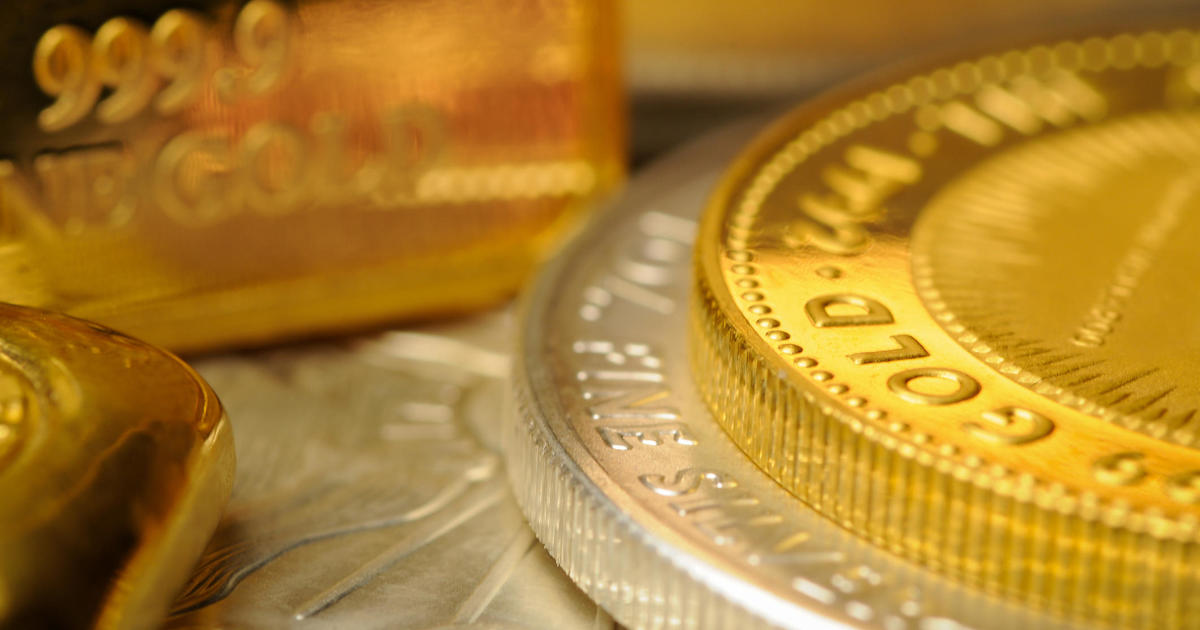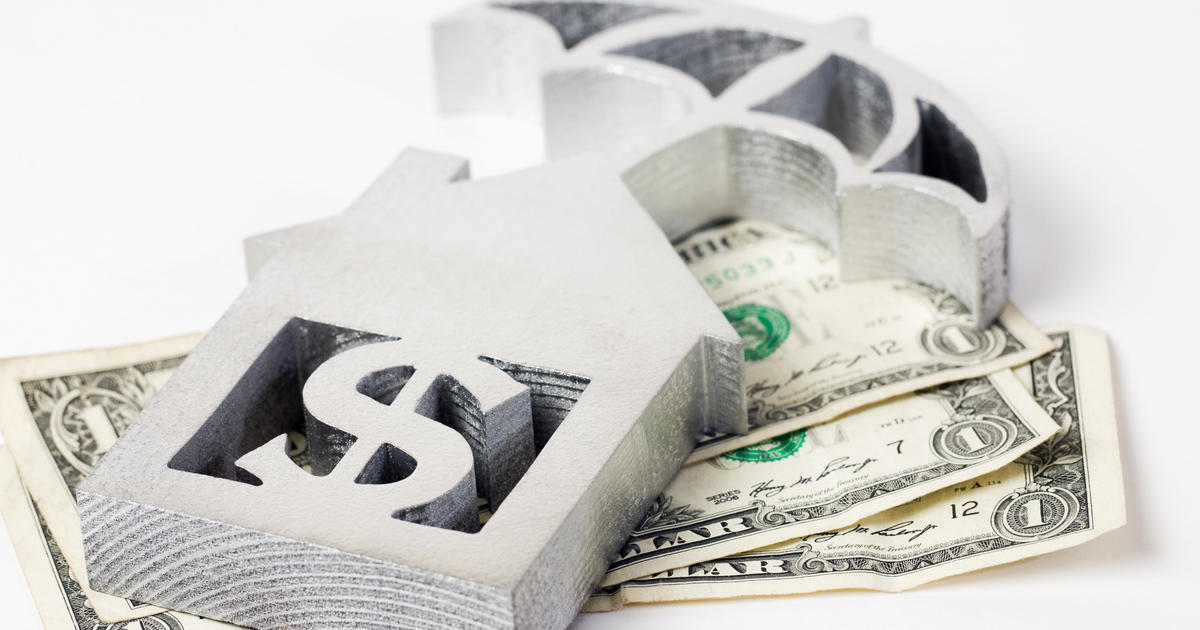Will gold reach $2,000 again in 2023? Here's what experts think
The current economic environment has been full of uncertainty and confusion. Some indicators like the job market look relatively strong, while others, such as interest rates and inflation, point towards difficulties.
Amidst these circumstances, some investors may be looking toward assets like gold for stability, diversification, or hedging. Yet despite gold often being used as a long-term store of value, the price can be volatile at times, especially when viewed on a short-term basis.
Indeed, the spot price of gold, after crossing the $2,000 per ounce mark to hit a record high in August 2020, had some swings and ultimately tumbled roughly 20% by late 2022, according to World Gold Council data. In 2023, however, gold rebounded and again crossed the $2,000 mark in April and May, before sliding a bit to its current level of $1,924.95 as of September 11, 2023.
Still, gold is up year-to-date, and there are reasons to think it could break $2,000 again, though there are no guarantees.
"The price of gold has held up remarkably well in the light of 'higher for longer' interest rates," says Axel Merk, president, chief investment officer at Merk Investments.
Economic conditions could change against gold's favor, but as of now, several signs point toward strength for gold.
"It's important for investors to consider that gold prices have shown resilience this year due to factors such as geopolitical risks and USD fluctuations," says Rohan Reddy, director of research at Global X ETFs. "The belief that the Federal Reserve may not tighten interest rates further this year due to falling inflation and weaker jobs data could also support gold prices."
With that understanding, now may be a good time to invest in gold, before prices rise further. Start by requesting a free investors kit here to learn more about this unique opportunity.
What direction are gold prices heading in?
While predicting exact gold prices can be tricky, several experts think economic indicators such as inflation, interest rates and a weakening dollar point toward a general trend of rising gold prices, despite the recent downswing.
The exact timing of if and when gold will cross the $2,000 mark can also be tricky to pin down, but one clue might be looking at interest rates.
"Have we reached a peak in expectations of real interest rates? If so, there is room to the upside," where gold prices could break $2,000 per ounce, says Merk.
"I believe we have that room to the upside because the lagging impact of higher rates is gradually showing up in economic data," he adds. "In plain English: this economy is slowing, we will get a recession. In this context, the Fed is interested in waiting; the market is looking a step ahead at easing."
That said, it's possible that interest rates will rise further in 2023, which could put pressure on gold prices. But 2024 could look even better for gold.
"Next year, interest rates and the US dollar might go down as people expect major central banks, especially the Federal Reserve, will begin to scale back their hawkish policies," says Reddy. "Since real yields and the US dollar have an inverse relationship with gold, lower interest rates make gold more attractive for investors. This could push the price of gold higher, possibly reaching the $2,000 level," he adds.
Learn more about investing in gold with a free information kit here.
What other factors drive gold prices?
In addition to economic factors like interest rates and the strength of the U.S. dollar, other factors like investors' appetite for precious metals could also affect gold prices.
For example, if more investors flock to gold as a diversification tool, such as to counterbalance stocks, then that could push the price of gold up.
"Investors are attracted to gold when there's a fear that other investments will not be performing well," says Merk. These other investments don't have to literally take a tumble, but "there must merely be an expectation/fear that they might perform poorly. That fear may increase as recession talk increases."
Conversely, if interest rates remain high while the economy has a soft landing, where inflation gets under control without sparking a recession, "the movement in the price of gold may be more muted," says Merk.
Beyond interest rates, central banks might also influence gold prices based on how they approach gold reserves.
"As global turbulence persists, central banks may continue to seek refuge in gold as a reserve asset to hedge against currency fluctuations," says Reddy.
Is now a good time to consider gold investing?
While it's tough to time any investment, the current environment might prompt you to consider gold investing, such as to build a more diversified portfolio. Even if the price of gold stays below $2,000 or drops further, your portfolio might be more insulated from future shocks like a stock market downturn.
During periods of market stress, gold typically becomes inversely correlated to stocks, according to the World Gold Council. In other words, if equities fall, gold often rises.
So, you might consider investing in gold now if you're not comfortable riding out stock market waves and want a more balanced portfolio. Retirees in particular might want to turn toward more stable assets like gold and silver to maintain their retirement portfolios.
Gold has "proven itself time and time again to reduce overall risk," says Reddy. "Gold has a track record of holding its value, serving as a safe haven and potential hedge against inflation in times of economic instability."
Get started with a gold investment here today.




